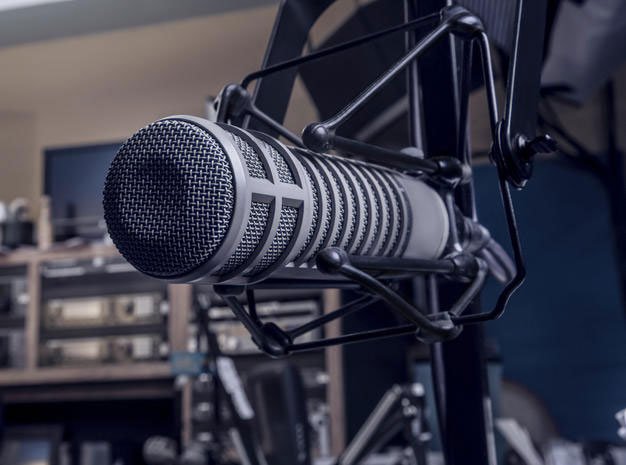
Consider the moment Toronto urban music is having right now: the “Toronto sound” is common parlance, used to describe the style of slow-tempo R&B and hip-hop of this city’s producers. While Drake is a fixture on the scene (also common parlance: the 6ix), a slate of emerging artists have almost as tenacious a hold on the spotlight: Jazz Cartier, Alessia Cara, dvsn, PARTYNEXTDOOR, Tory Lanez and Adria Kain, to name a handful.
But despite this groundswell of homemade hip-hop and R&B, you’re probably not going to hear much of it on local radio. Instead, stations are cutting back on those genres in favour of throwback pop hits, as in the case of the station formerly known as Flow 93.5. Why can’t Toronto, a city whose artists the world is watching, sustain a dedicated urban contemporary radio station?
When Flow launched in 2001, it was the first of its kind and proudly carried the slogan “Toronto’s hip-hop and R&B station.” Under Milestone Radio Inc., it was black Canadian owned and operated and added diversity to the local radio of the time. With specialty shows like O.T.A. (On The Air) Live!, The Real Frequency, Soca Therapy and Riddim Track, Flow successfully injected hip-hop, R&B, reggae and soca into the airwaves.
Those shows were competitive in their time slots, often reaching number one, says former Flow 93.5 on-air personality Ty Harper. The station was also a platform for emerging local hip-hop and R&B talent, supporting Jully Black, Divine Brown, Kardinal Offishall and current Q host Shad.
Still, Flow tinkered with its format by introducing mainstream top 40, a direction that became more pronounced when the station was sold to CHUM Radio, a division of CTVglobemedia, in 2010, and then to Newcap Radio in 2014, which recently renamed it The Move.
“We think there’s a greater opportunity to excel ratings-wise in that demo,” operations manager Steve Parsons told NOW earlier this month. “Less hip-hop is probably a slightly misleading statement. There’s going to be as much hip-hop, but there will be more pop. What we will play less of is contemporary hip-hop.”
The migration away from a hip-hop and R&B format, one of the reasons Toronto’s commercial stations sound painfully similar, is intrinsically tied to where advertisers are willing to spend their money. It should be a simple formula: companies looking to reach a target demographic will advertise on stations catering to that market. Turns out that’s not the reality when it comes to urban contemporary radio.
“The ad revenue [Flow’s specialty shows were] getting didn’t reflect their competitiveness,” says Harper, who co-created and co-hosted the hip-hop-focused O.T.A. Live! “Even when we were performing, using the metrics of commercial radio culture, we still weren’t getting the type of investment we needed.”
Fitzroy Gordon, founding president, CEO and station manager of G98.7, which since 2011 has been filling the urban radio gap by playing a broad range of hip-hop, R&B, reggae, soca, jazz and gospel, agrees.
“It’s difficult to sustain urban music because there is a lack of financial support from corporate industry,” he says, noting that G98.7’s ad revenue comes from independently owned small to mid-sized businesses.
“I often wonder what is the difference between the money spent by a person from a top 40 listenership and the money spent by persons from the urban community? Is it that one money is different from the other?”
One difference could be the size of the market reached by urban-format stations. In the fall 2015 Numeris radio ratings report, Flow 93.5 had a 2.5 per cent share of the Toronto market and G98.7 a 1.5 per cent share.
But Harper argues that a larger issue of diversity is at play, which shouldn’t be ignored because of the numbers.
“Unfortunately, the larger Canadian market continuously compares these small, emerging markets coming out of black and brown communities to the larger, established white Canadian market, which doesn’t make any sense,” he says, observing that Canada’s white population will always outnumber its other ethnicities.
“We have to be able to value small, emerging markets for what they are: small, emerging markets. It’s about investing in radio coming out of our community and understanding that it may never be as big as a station that just plays the hits, but it’s important to our community.”
For Gordon, intervention may be required to ensure the sustainability of Toronto urban radio.
“It might be a quota system that needs to be put in place, where a certain percentage of advertising goes to diversity in radio. I don’t know if the free market will allow that. But I believe that something has to be done, and maybe that takes regulation. It just cannot continue the way it is.”
music@nowtoronto.com | @nowtoronto












